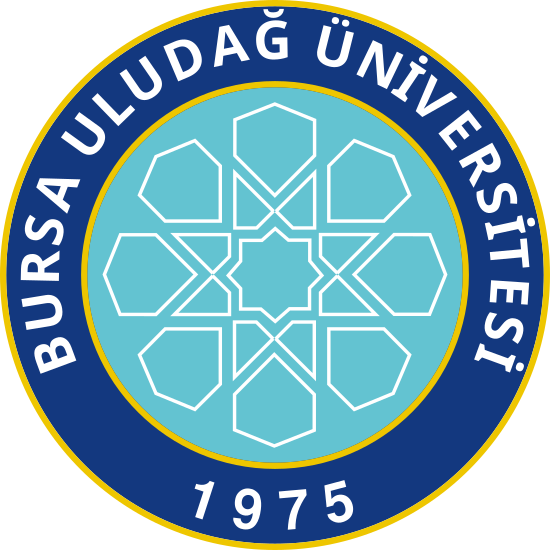Bu öğeden alıntı yapmak, öğeye bağlanmak için bu tanımlayıcıyı kullanınız:
http://hdl.handle.net/11452/28642| Başlık: | Histological evaluation of wound healing performance of electrospun poly(vinyl alcohol)/sodium alginate as wound dressing in vivo |
| Yazarlar: | Uludağ Üniversitesi/Mühendislik Fakültesi/Tekstil Mühendisliği Bölümü. Uludağ Üniversitesi/Tıp Fakültesi/Plastik ve Rekonstrüktif Cerrahi Anabilim Dalı. Uludağ Üniversitesi/Tıp Fakültesi/Histoloji ve Embriyoloji Anabilim Dalı. 0000-0003-1777-3977 0000-0002-9156-2214 Coşkun, Gökçe Karaca, Esra Özyurtlu, Mustafa Özbek, Serhat Yermezler, Aysun Çavuşoğlu, İlkin AAS-8480-2020 AFT-8971-2022 AAH-5441-2021 56094840400 17344029200 39962152600 7005245657 55938747300 6602910240 |
| Anahtar kelimeler: | Electrospinning Nanofiber Alginate Wound dressing Histological evaluation In vivo Normal human keratinocytes Nanofibrous membrane Sodium alginate Fibers Engineering Materials science Artificial organs Biomaterials Polyvinyl alcohols Tissue Conventional methods Electrospinning method Histological evaluation In-vivo Post-operative days Process parameters Wound dressing materials Wound dressings Nanofibers |
| Yayın Tarihi: | 2014 |
| Yayıncı: | Ios Press |
| Atıf: | Coşkun, G. vd. (2014). "Histological evaluation of wound healing performance of electrospun poly(vinyl alcohol)/sodium alginate as wound dressing in vivo". Bio-Medical Materials and Engineering, 24(2), 1527-1536. |
| Özet: | Poly(vinyl alcohol)/sodium alginate nanofibrous mats were produced by electrospinning method at optimum process parameters. Evaluation of alginate-based electrospun nanofibrous mats as a wound dressing material and their comparison to commercially available wound dressings produced with conventional methods were carried out in vivo. Tissue specimens were examined histopathologically on 4th, 6th, 15th, 21st postoperative days. In contrast to other dressings it was observed that nanofibrous mat could survive on the wound crust in early stages of healing. In terms of epithelization, epidermis characteristics, vascularization and formation of hair follicles, nanofibrous mat showed the best healing performance. This could be explained with presence of nanofibrous mat acting as an artificial skin on the wound region until new tissue regenerated. |
| URI: | https://doi.org/10.3233/BME-130956 http://hdl.handle.net/11452/28642 |
| ISSN: | 0959-2989 1878-3619 |
| Koleksiyonlarda Görünür: | Scopus Web of Science |
Bu öğenin dosyaları:
Bu öğeyle ilişkili dosya bulunmamaktadır.
DSpace'deki bütün öğeler, aksi belirtilmedikçe, tüm hakları saklı tutulmak şartıyla telif hakkı ile korunmaktadır.
